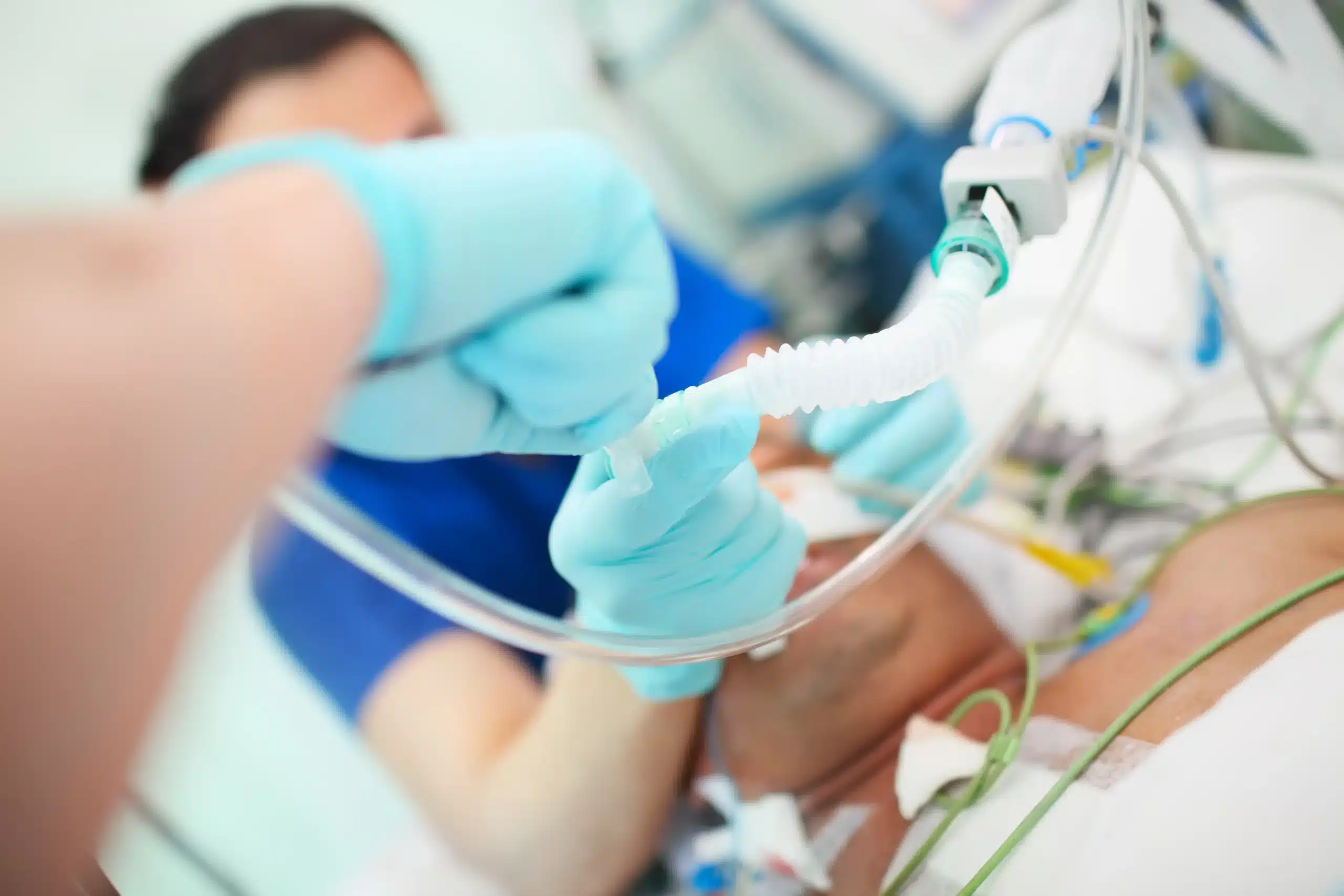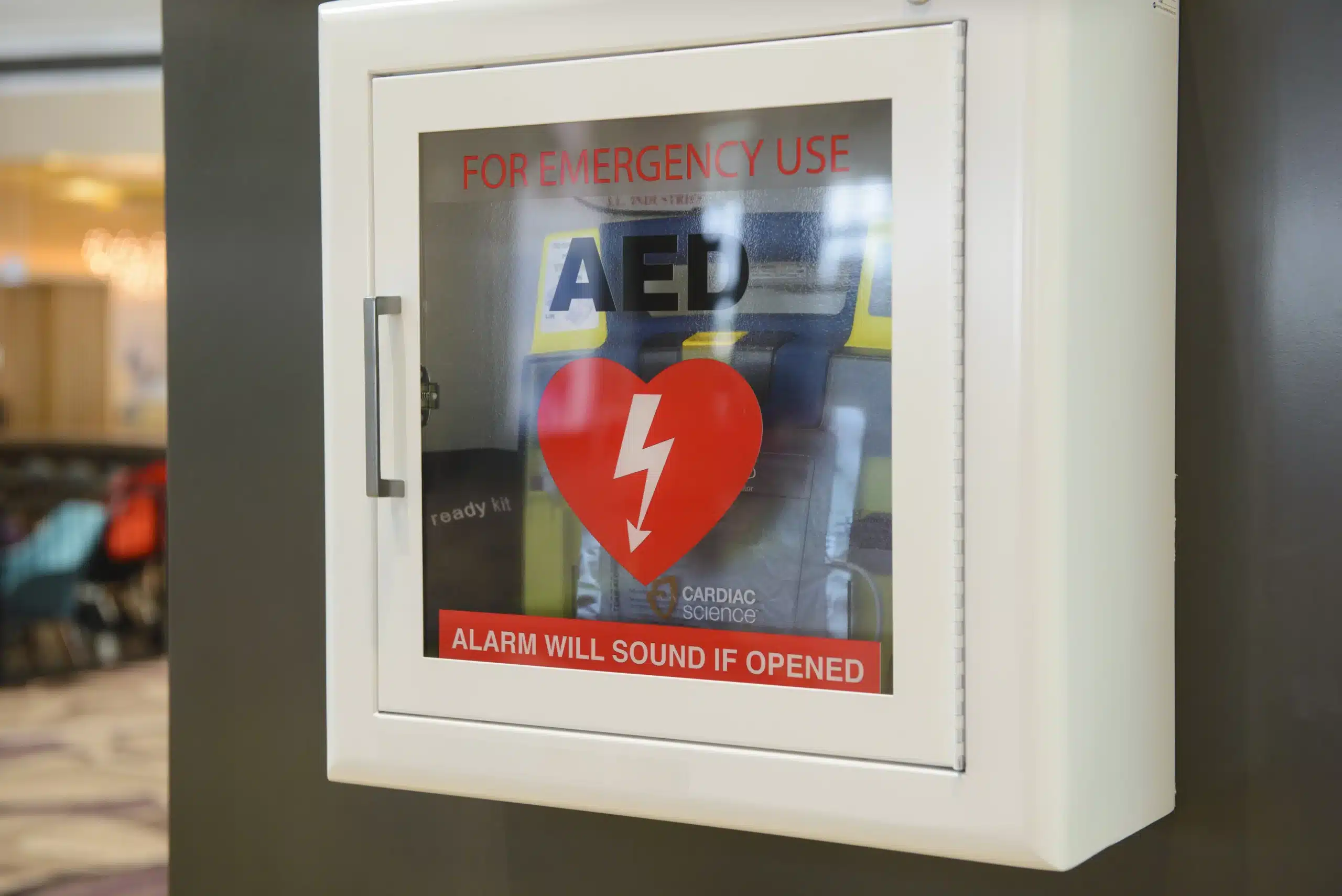Cardiac arrest occurs without warning—and it can happen to anyone, anywhere. Every second counts in these life-threatening situations, and that’s where CPR (Cardiopulmonary Resuscitation) steps in. CPR is a lifesaving technique designed to restore blood flow and oxygen to vital organs, like the brain, by providing manual chest compressions and rescue breaths. Whether performed in a hospital or on a crowded street, this procedure can make the difference between life and death.
But CPR isn’t just for healthcare professionals. The general public has a critical role to play as well. If more people understood how and why CPR works, we could significantly reduce the number of preventable deaths worldwide. This blog explores CPR’s role in healthcare, its history, its lifesaving impact, and why training is essential for everyone.
Key Takeaways
CPR is a lifesaving skill that plays a pivotal role in healthcare and public safety. It bridges the gap between cardiac arrest and advanced medical treatment, often making the difference between life and death
What Is CPR and Its Role in Healthcare?
CPR, or Cardiopulmonary Resuscitation, is a simple yet highly effective procedure used during cardiac or respiratory emergencies. Here’s the basic idea:
- Chest compressions manually pump blood through the heart to maintain circulation.
- Rescue breaths supply oxygen to the lungs, keeping the brain and other vital organs alive.
The primary goal of CPR is to delay brain death until advanced medical help arrives. Without oxygen, brain cells begin to die within 4-6 minutes, making timely intervention crucial.
Why CPR Matters Across Settings
CPR is universally applicable, whether in a hospital or a public setting. In healthcare, professionals use CPR as part of advanced cardiac life support (ACLS). Outside the hospital, bystanders can use basic CPR to stabilize a victim until EMS (Emergency Medical Services) arrives.
The Chain of Survival
CPR is a vital link in the “chain of survival,” which refers to the key steps for increasing a cardiac arrest victim’s chances of survival:
- Early recognition of cardiac arrest.
- Immediate CPR to maintain oxygen flow.
- Defibrillation to restart the heart.
- Advanced care at the hospital.
If this chain is unbroken, a victim’s survival chances multiply exponentially.
The History of CPR
How did CPR become a globally recognized lifesaving technique? Its evolution over decades is a testament to innovation in healthcare.
Early Beginnings
The foundation of CPR can be traced back to the 18th century, with rudimentary methods like mouth-to-mouth resuscitation documented during drowning rescues. However, modern CPR started taking shape in the 1950s when mouth-to-mouth resuscitation was rigorously studied and introduced as a standard.
The Birth of Modern CPR Techniques
- 1956: Peter Safar and James Elam demonstrated mouth-to-mouth ventilation.
- 1960: The American Heart Association (AHA) adopted CPR protocols, combining chest compressions with rescue breaths.
- 1990s and Beyond: Research-driven updates enhanced techniques and simplified guidelines to encourage broader adoption by the public.
Today, advances like automated external defibrillators (AEDs) and CPR training programs have made lifesaving assistance more accessible than ever.
Importance of CPR in Saving Lives
CPR has been credited with saving millions of lives worldwide. But how significant is its impact, really?
The Numbers Don’t Lie
The statistics show the undeniable lifesaving potential of CPR:
- 350,000+ cardiac arrests occur annually in the United States alone, according to the AHA. About three-quarters of these happen at home or in public places.
- Bystander CPR doubles or triples survival chances for cardiac arrest victims.
- Every minute without CPR decreases the chance of survival by 7% – 10%.
The Power of Immediate Action
When cardiac arrest strikes, waiting for professional help often isn’t an option. Average EMS response times range from 6 to 12 minutes. That means bystander CPR could be the only lifeline keeping someone alive.
The Role of Healthcare Professionals in CPR
Healthcare professionals—the backbone of medical emergencies—are among the most critical practitioners of CPR.
Why CPR Competency Is Crucial for Healthcare Workers
Cardiac emergencies can arise anywhere within a healthcare setting, from ICUs to outpatient clinics. Competency in CPR ensures that healthcare teams can respond swiftly and effectively when seconds matter.
Who Should Be Proficient in CPR?
Healthcare workers across all roles, including:
- Nurses and doctors
- Paramedics and emergency medical technicians
- Hospital administrators and staff
Ongoing Training and Certification
Regular CPR certification ensures healthcare professionals maintain skills and stay updated on the latest guidelines.
CPR Training and Certification
How to Get Certified
- Find a Certified Provider: Look for credible organizations like the AHA or Red Cross.
- Select the Right Course: Consider your role, employer, and potential future needs.
- Attend Classes: Both online and in-person options are available. Hands-on skills assessments are required for certain certifications.
- Get Certified: Upon successful completion of the course, you will receive a certification card valid for up to two years.
Why Everyone Should Learn CPR
It’s not just healthcare workers who need CPR knowledge. Educating the general public can expand the number of people ready to step in during emergencies. Training is simple, cost-effective, and can save lives.
Organizations like the Safety Training Seminars offers AHA courses in San Mateo for CPR & First Aid, Basic Life Support (BLS), Pediatric Advanced Life Support (PALS), and Advanced Cardiovascular Life Support (ACLS) certifications.
Debunking Myths About CPR
There are many misconceptions about CPR that often discourage action. Let’s address a few:
- Myth: Only trained professionals should perform CPR.
Fact: Good Samaritan laws protect bystanders. Even imperfect CPR is better than doing nothing.
- Myth: You could hurt the victim by performing CPR.
Fact: Broken ribs are rare and secondary to saving a life. Victims in cardiac arrest are clinically dead without CPR.
- Myth: CPR always revives a person.
Fact: While not guaranteed, CPR significantly increases survival chances until advanced care arrives.
What’s Next?
Whether you’re a healthcare professional or someone in your community looking to make an impact, CPR training is an invaluable tool worth mastering. Explore credible courses through Safety Training Seminars to get started and help save lives.
Remember, even a single action like chest compressions can pave the way for someone’s survival. The more people equipped with this skill, the stronger our communities will be. Will you be the next to make a life-saving difference?






